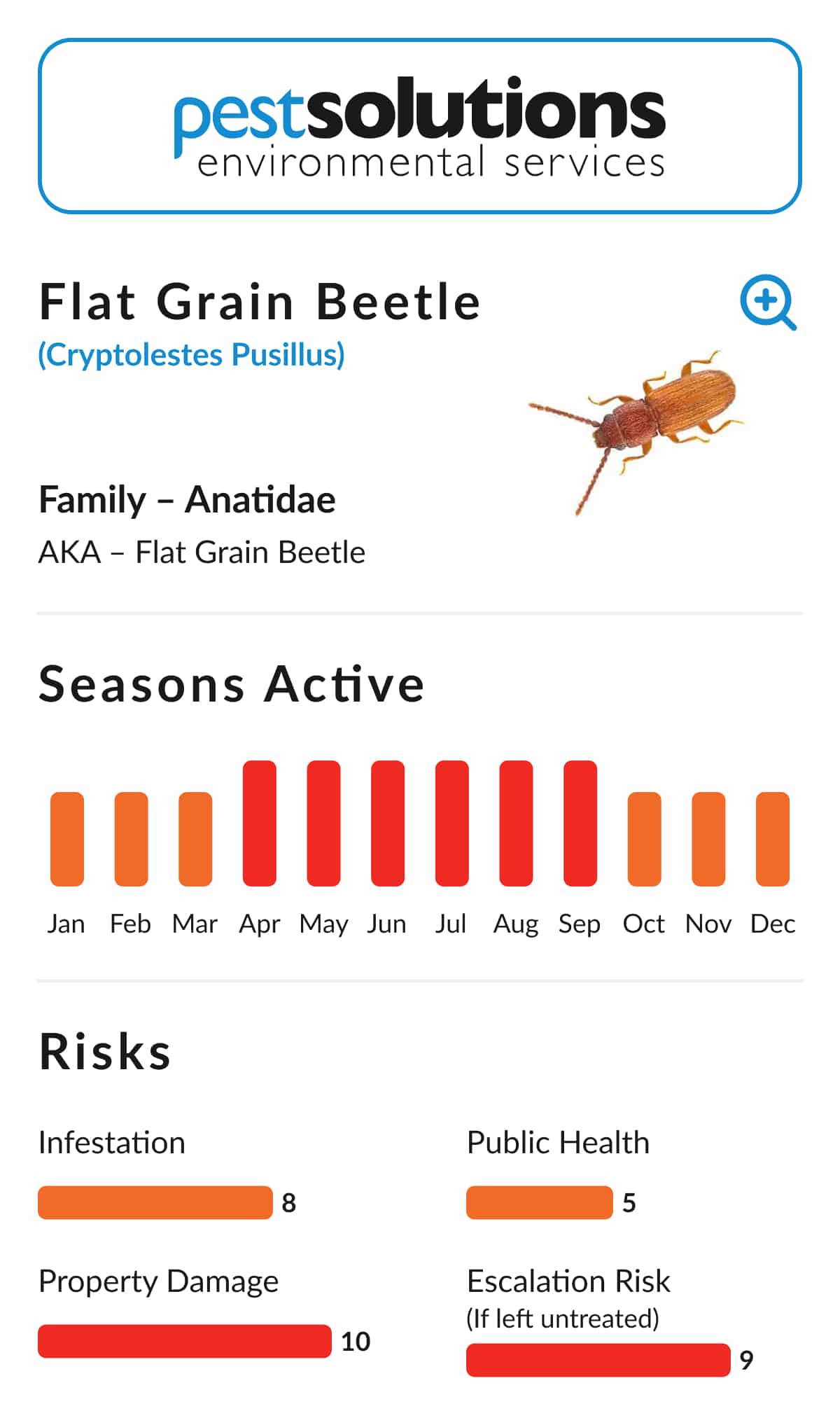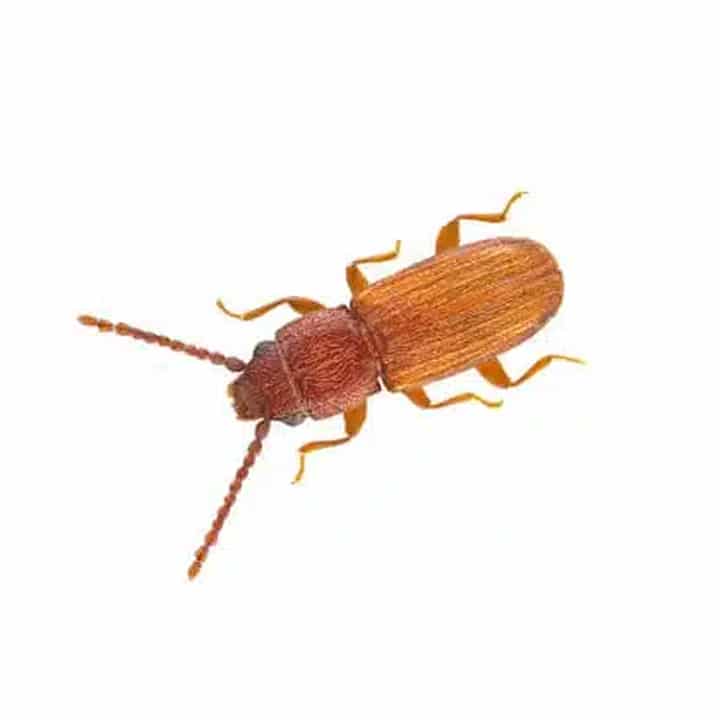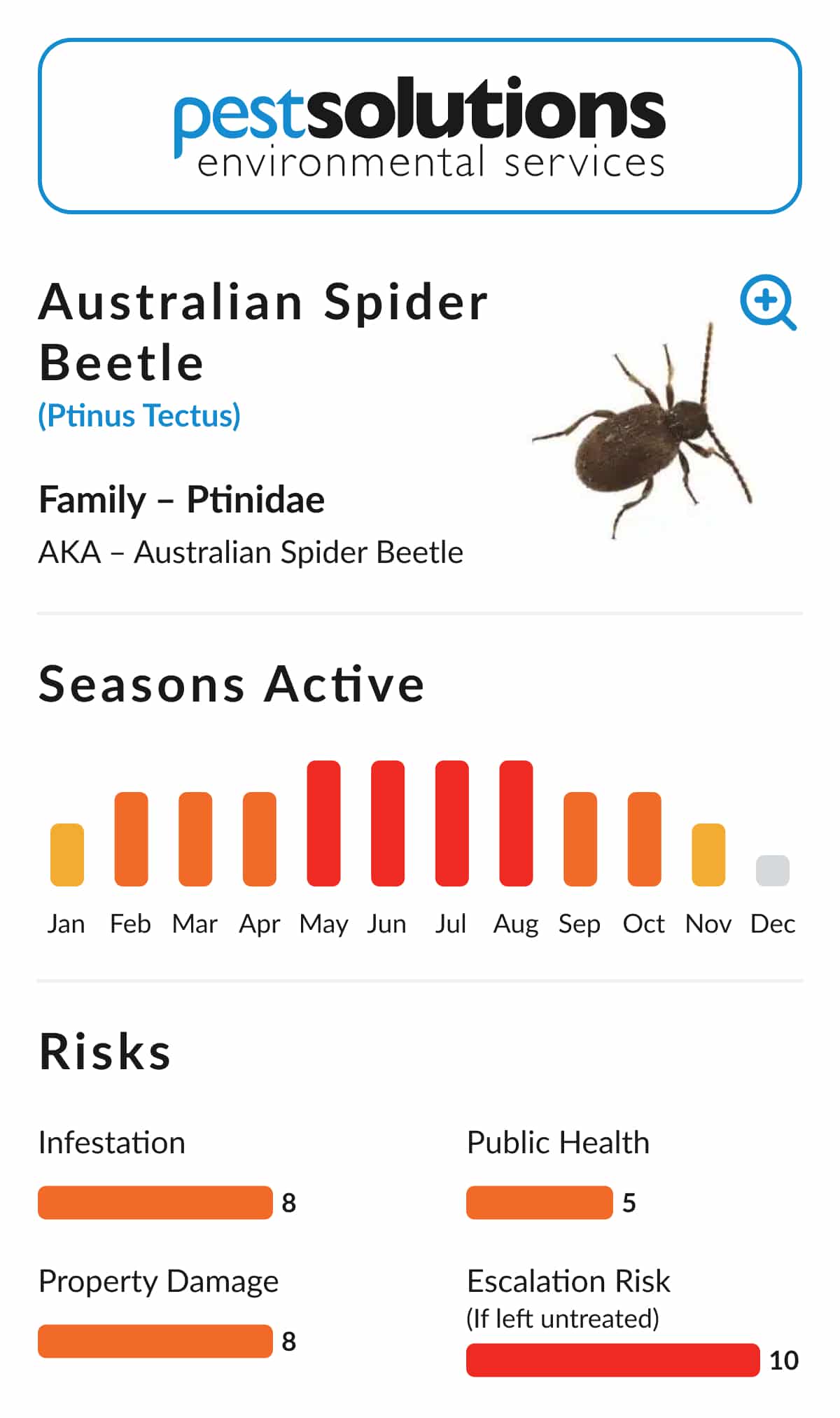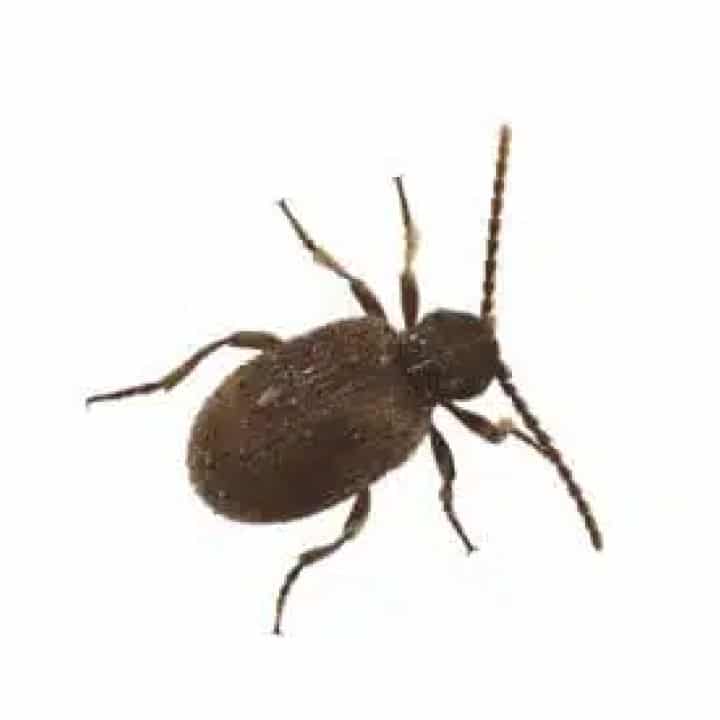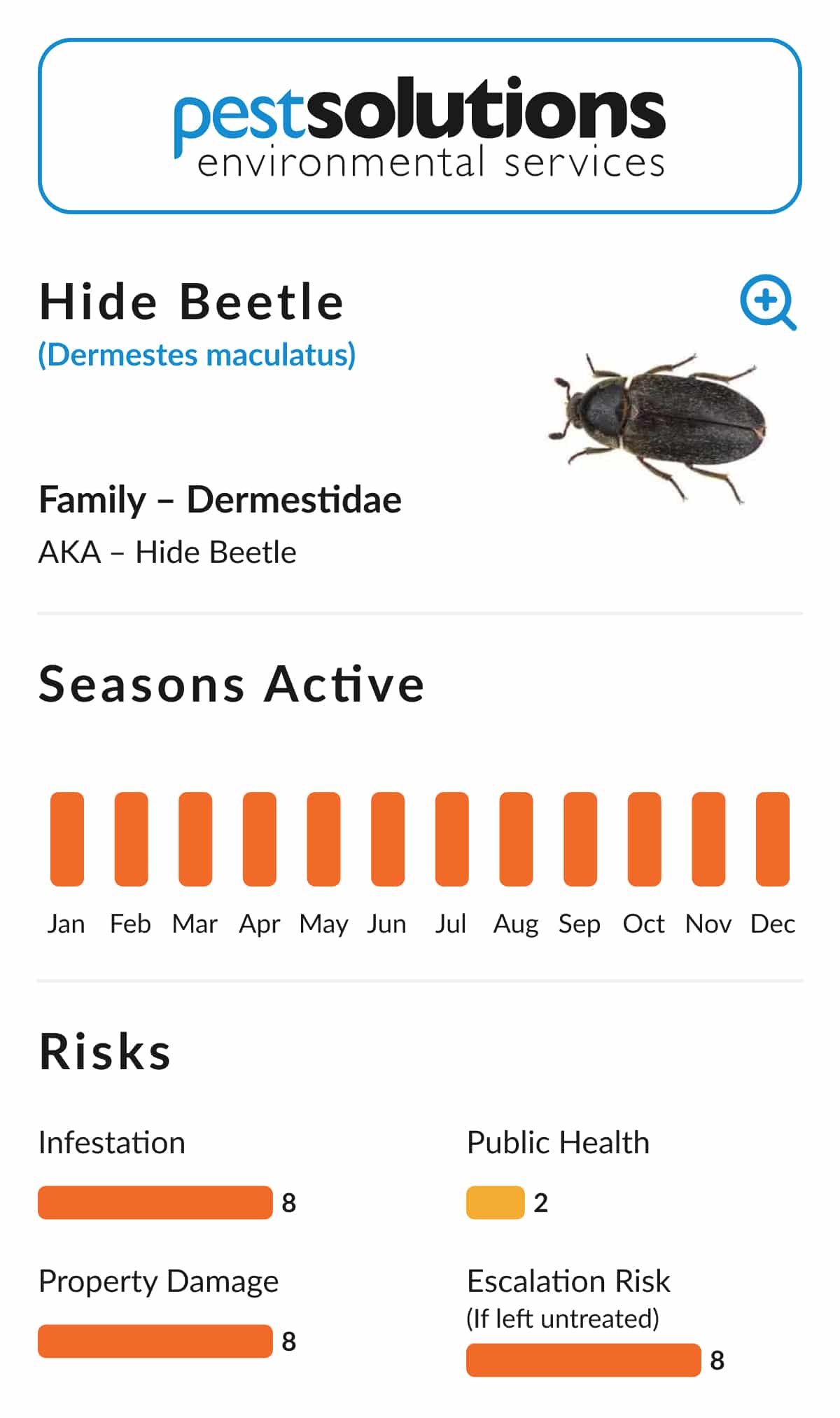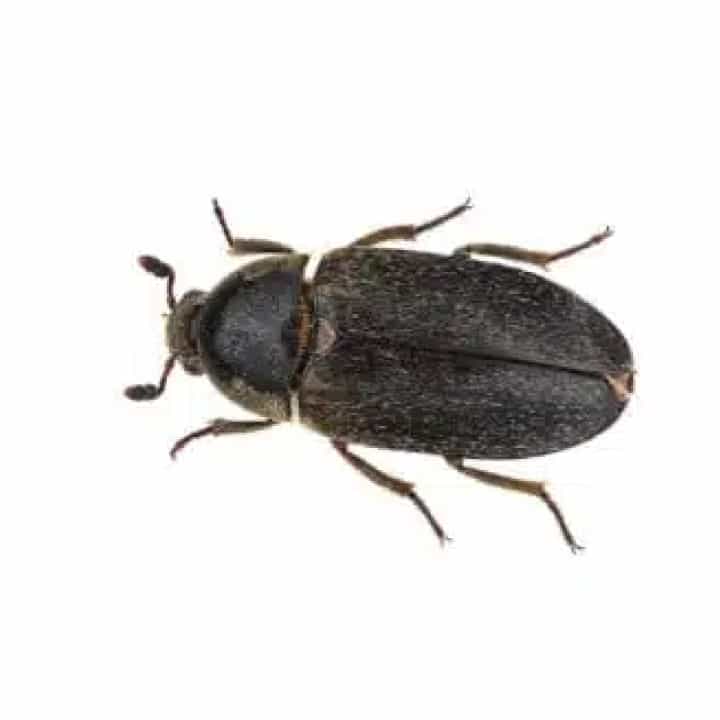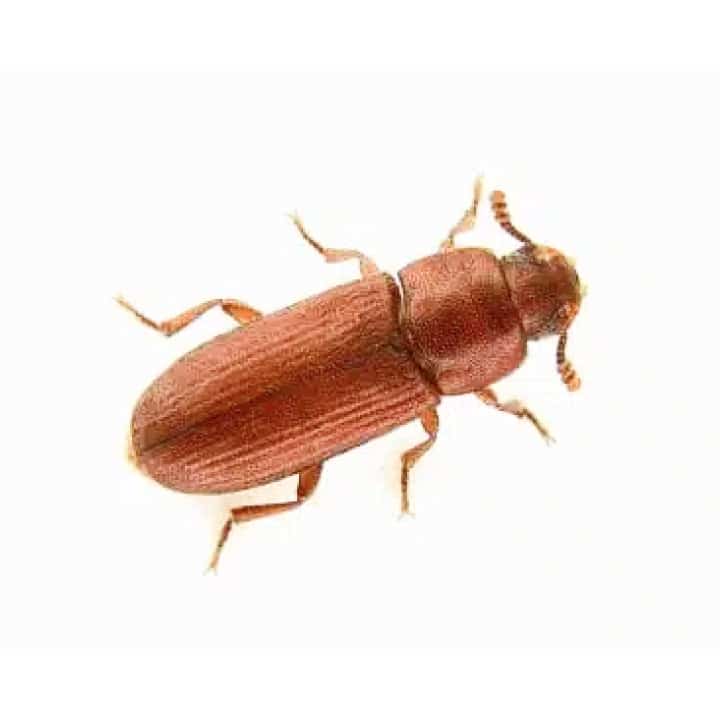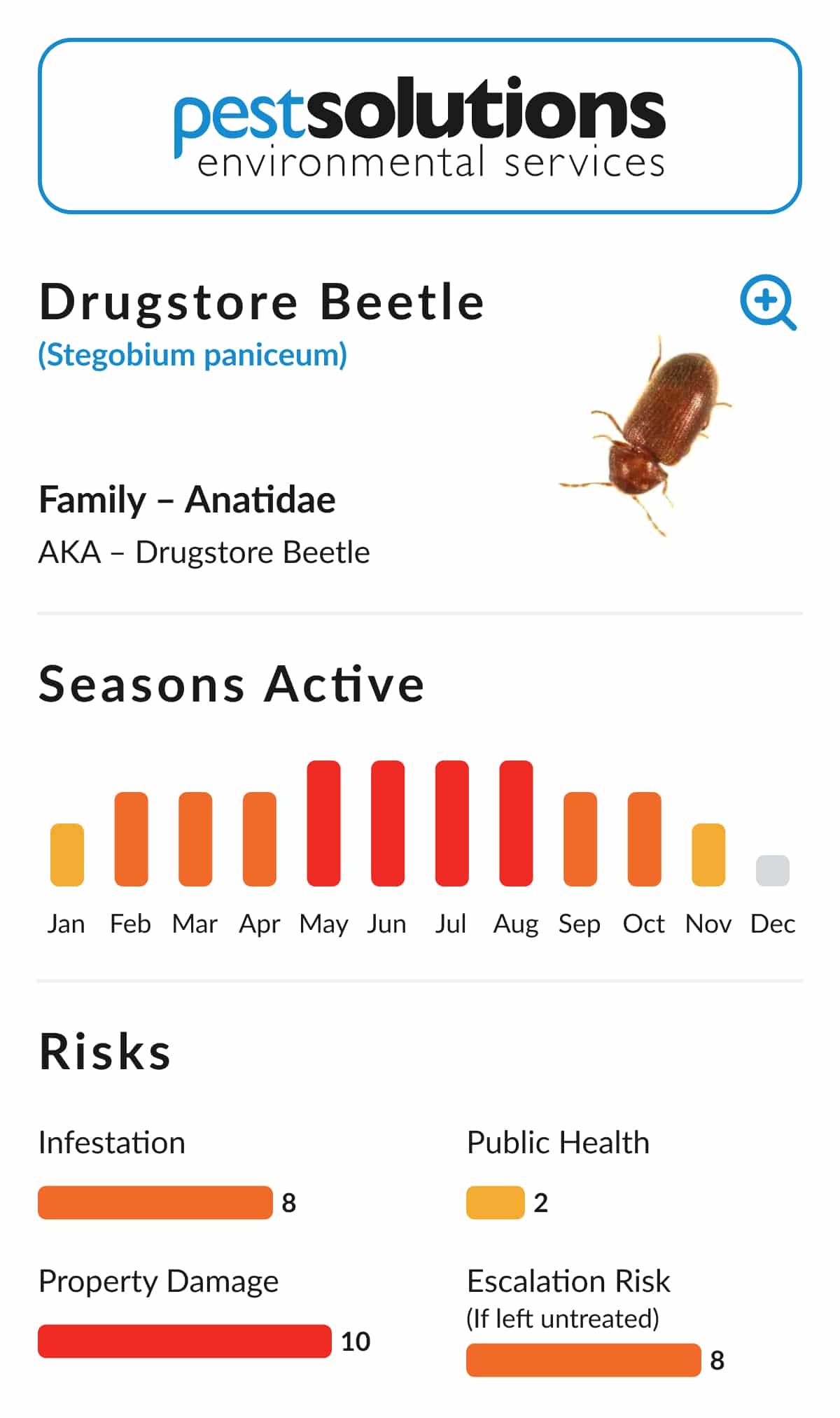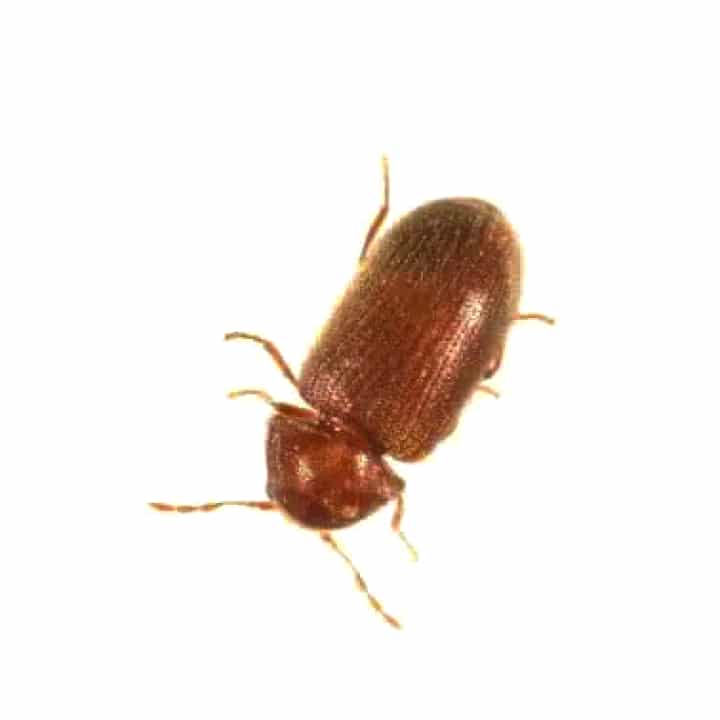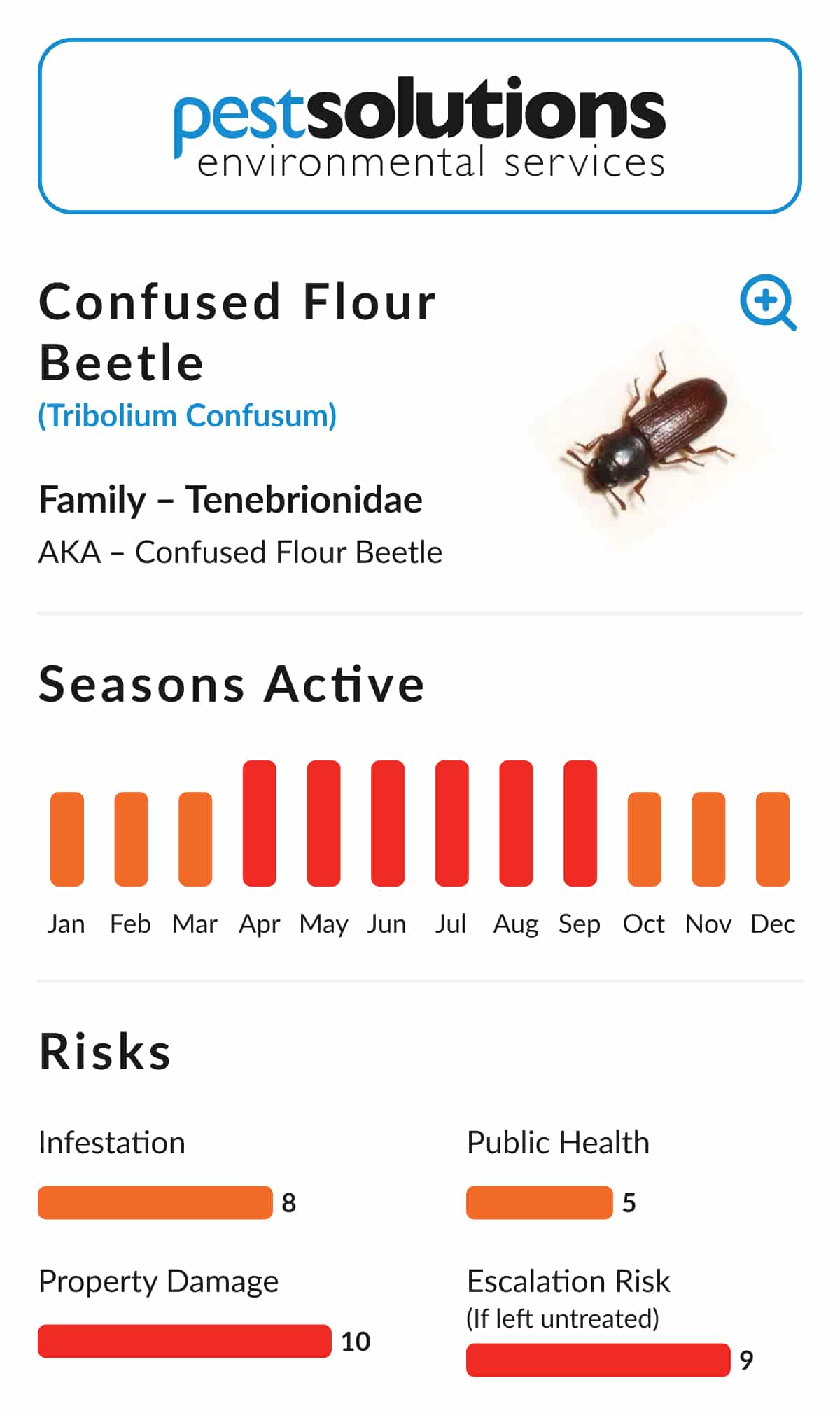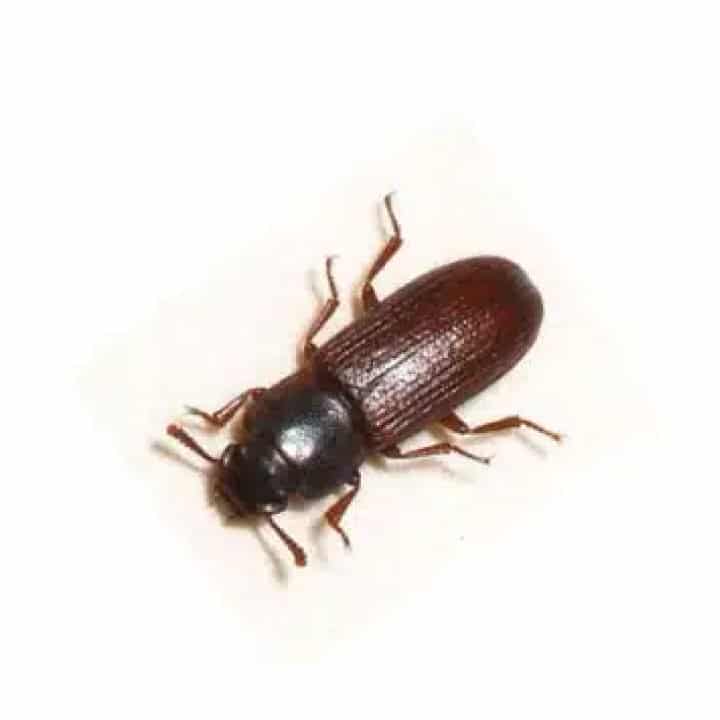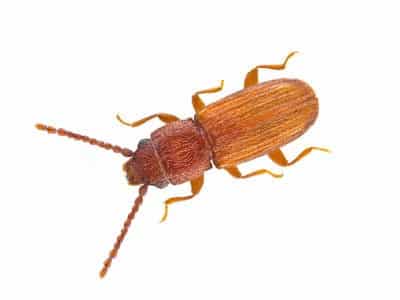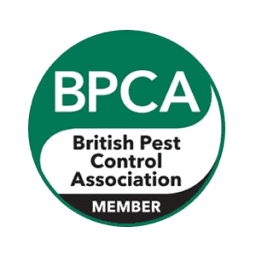Identification – Flat Grain Beetles (Cryptolestes spp.)
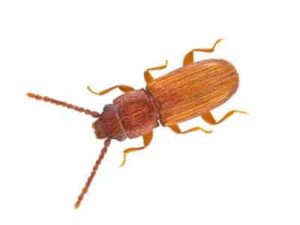
- Eggs are laid loosely among food sources. They are slightly sticky and may adhere to the surface of the food.
- Larvae emerge and feed immediately. They go through around four moults before spinning a silk cocoon within the foodstuff to pupate.
- Under optimal conditions (30–35°C), the entire life cycle from egg to adult can be completed in approximately 20 days.
C. ferrugineus, also known as the Rust-Red Grain Beetle, can fly in high-temperature conditions but is mostly known in the UK for its rapid crawling behaviour. C. turcicus is notably cold-hardy and capable of surviving UK winter conditions, allowing it to persist in indoor milling environments year-round.
Habitat and Distribution – Flat Grain Beetles (Cryptolestes spp.)
Flat Grain Beetles are pests of stored cereals and cereal products, often found in warehouses, mills, silos, and storage facilities across the UK. While C. turcicus is more prevalent in flour and feed mills, C. ferrugineus is predominantly associated with raw grain storage. The latter can also occasionally infest dried fruits and oil seeds but remains primarily a cereal pest.
These beetles favour warm, humid environments for development. They require minimum breeding temperatures between 18–22°C, with optimal development occurring around 38°C. Relative humidity between 40–50% is necessary for larval development, though they can tolerate levels up to 90%.
Why They’re a Problem – Flat Grain Beetles (Cryptolestes spp.)
Flat Grain Beetles pose a serious threat to food storage operations. C. turcicus is particularly problematic in the milling industry, as it can survive within machinery and cause contamination of flour. This contamination is more significant than physical damage alone and can lead to costly product losses and hygiene concerns.
C. ferrugineus is commonly found in grain silos and storage bins, often in large numbers, swarming across the grain surface. While less associated with machinery than C. turcicus, it contributes to product degradation and contamination, sometimes in conjunction with other primary grain pests.
In severe cases, these beetles may spread to other dry food products, including dried fruits and oil seeds, making their control important for a wide range of food storage environments.
Control and Prevention – Flat Grain Beetles (Cryptolestes spp.)
Effective control of Flat Grain Beetles involves a combination of hygiene, environmental management, and chemical treatment.
Key control measures include:
- Thorough cleaning of storage and processing areas to remove food residues and debris
- Application of residual insecticides to building fabric, cracks, and crevices
- Treating stored commodities with insecticides or using insecticide bands around stock
- Maintaining storage at cool, dry conditions to inhibit beetle development
It is important to note that some strains of C. ferrugineus have developed resistance to certain storage insecticides. In such cases, professional fumigation may be necessary to eliminate the infestation and prevent reinfestation.
Professional Support – Flat Grain Beetles (Cryptolestes spp.)
Flat Grain Beetles can be difficult to manage once established, especially in commercial grain or flour storage environments. For professional pest control support and treatment plans tailored to stored product pests, visit https://www.pestsolutions.co.uk.
